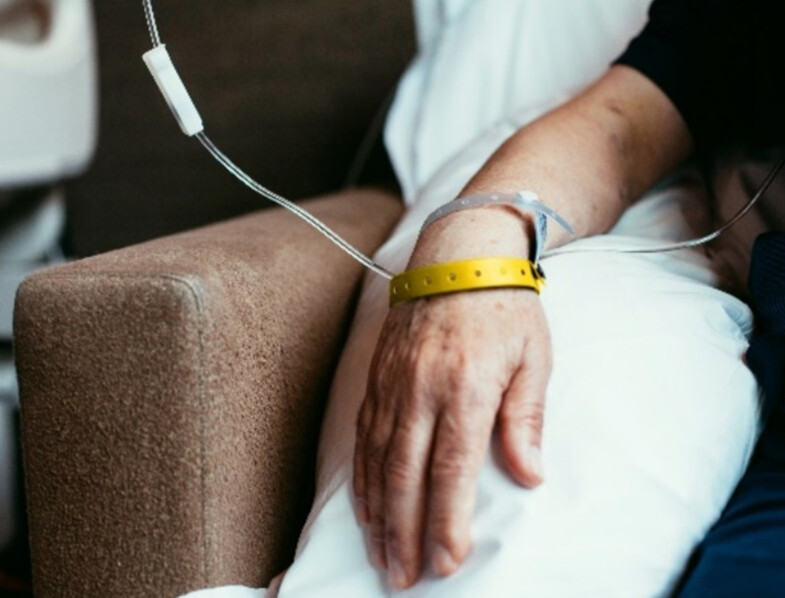After a cancer diagnosis, you may have questions about the available treatments and how they work. While your doctor or oncologist will explain the suitable options with you, including their risks and benefits, based on your individual circumstances, we’ve outlined an overview of some of the most common treatments for cancer in Australia.
What determines the type of treatment you receive?
The treatment you receive will depend on a few factors, such as the type of cancer, where it began, whether it has spread, your general health, your suitability for clinical trials, as well as your personal preferences.
Depending on your circumstances, the aim of the treatment may be to cure the cancer, as a temporary control to stop the cancer from spreading, for symptom relief, or to help other treatments work.
The most common cancer treatments
Most cancers are treated by surgery, radiation therapy and/or chemotherapy (drug treatment). Immunotherapy and hormone therapy may also be suitable for certain cancers. Often more than one type of treatment is used.
Radiation Therapy
Radiation therapy (or “radiotherapy”) is the controlled use of radiation to kill or injure cancer cells so they cannot keep growing.
Radiation is localised, so it generally affects only the area being treated and does as little harm as possible to healthy cells near the cancer.
Radiation therapy may be used before or after surgery, to destroy cancer cells that cannot be removed surgically. In some cases, radiation therapy is used in combination with chemotherapy.
For more information on radiation therapy download our Understanding Radiotherapy booklet.
Chemotherapy
Chemotherapy (also known as “chemo”) is the use of drugs to destroy or slow the growth of cancer cells.
All cells in the body grow by splitting or dividing into two. Chemotherapy works by damaging the cells that are dividing rapidly, such as cancer cells.
There are many different types of chemotherapy drugs. The drug you receive depends on the type of cancer. Most chemotherapy drugs enter the bloodstream and target cancer cells in the body. Occasionally, chemotherapy is delivered directly to the cancer.
For more information on chemotherapy download our Understanding Chemotherapy booklet.
Surgery
Surgery may be recommended to remove cancer from the body or repair a part of the body affected by cancer. Many cancers that are found at an early stage can be removed with surgery, and this may be the only treatment needed.
Surgery is commonly used to:
- confirm a cancer diagnosis
- investigate the size of the tumour and if the cancer has spread
- treat small, early-stage cancers that haven’t spread
- ‘debulk’ the tumour if it is not possible to remove the cancer without damaging nearby healthy organs
If cancer has already spread to other places in the body, surgery may not be the best treatment.
Other cancer treatments
Hormone Therapy
Hormone therapy reduces the hormones that cause some cancer cells to grow.
Certain cancers grow in response to particular hormones, known as hormone-dependent cancers. This includes some types of breast cancer, uterine cancer and prostate cancers. Hormone therapy aims to slow or stop the growth of these cancers by using synthetic hormones that block the effect of the body’s natural hormones.
Immunotherapy
Immunotherapy uses the body’s own immune system to help fight cancer cells. Our body’s immune system works to protect us from infections and abnormal cells, such as cancer cells.
There are several kinds of immunotherapy that work in different ways. Immunotherapy may remove the barriers that stop the immune system from finding and attacking the cancer (called checkpoint inhibitors), or it may boost the immune system to work better against cancer.
Clinical trials
A clinical trial is one type of cancer research that is used to test if a new approach to treatment works better than current methods. Clinical trials not only help improve outcomes for the volunteers who participate but may also improve treatment options for people who develop cancer in the future.
Clinical trials have specific guidelines around who can take part. You can find out more by downloading our Clinical Trials Factsheet.
Complimentary Therapies
Complimentary therapies are used alongside conventional medical treatments to provide relief from symptoms and to enhance your wellbeing.
These can include relaxation, talking therapies, meditation, acupuncture, aromatherapy, reflexology, music therapy, art therapy and massage.
We offer a range of complimentary therapies to cancer patients and their families, which aim to support your wellbeing during or after treatment.
Multi-modality treatment
People often have more than one type of treatment which is known as multi-modality treatment.
Many cancers can be cured using a combination of these treatments. When a cure is unlikely, chemotherapy, radiation therapy or other treatments can relieve symptoms and help you feel as well as possible often for long periods of time.
Remember to talk with your oncologist, doctor or nurse about any concerns or questions you have before, during and after treatment.
For more information:
- View the complete list of resources on understanding treatments.
- Call 13 11 20 to speak to a cancer nurse.
